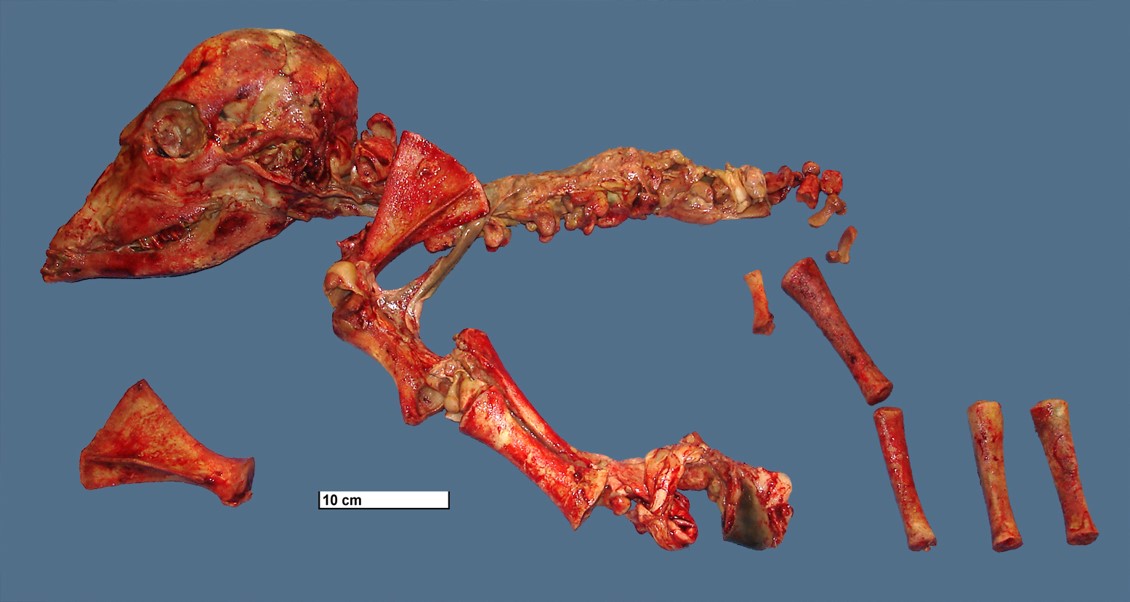Acepromazine
Acepromazine is a phenothiazine derivative with depressant effect on the central nervous system. Acepromazine acts as a dopamine receptor antagonist in the CNS, thereby causing sedation, muscular relaxation and a reduction in spontaneous activity. Its fast-acting neuroleptic effect with low toxicity is of particular value in veterinary medicine.

valleyvet
mode of action:
Acepromazine is only found in individuals that have used or taken this drug. It is one of the phenothiazine derivative psychotropic drugs, used little in humans, however frequently in animals as a sedative and antiemetic. Acepromazine acts as an antagonist (blocking agent) on different postsysnaptic receptors -on dopaminergic-receptors (subtypes D1, D2, D3 and D4 – different antipsychotic properties on productive and unproductive symptoms), on serotonergic-receptors (5-HT1 and 5-HT2, with anxiolytic, antidepressive and antiaggressive properties as well as an attenuation of extrapypramidal side-effects, but also leading to weight gain, fall in blood pressure, sedation and ejaculation difficulties), on histaminergic-receptors (H1-receptors, sedation, antiemesis, vertigo, fall in blood pressure and weight gain), alpha1/alpha2-receptors (antisympathomimetic properties, lowering of blood pressure, reflex tachycardia, vertigo, sedation, hypersalivation and incontinence as well as sexual dysfunction) and finally on muscarinic (cholinergic) M1/M2-receptors (causing anticholinergic symptoms like dry mouth, blurred vision, obstipation, difficulty/inability to urinate, sinus tachycardia, ECG-changes and loss of memory, but the anticholinergic action may attenuate extrapyramidal side-effects).
Toxicity Summary:
Acepromazine Maleate uses:
Injection is used for sedation, tranquilization and as a pre-anesthetic agent in horses, dogs and cats. Each ml contains 10 mg Acepromazine Maleate. Can be used as an aid in controlling animals during examination, treatment and minor surgical procedures. Acepromazine Maleate has a depressant effect on the central nervous system and therefore causes sedation, muscular relaxation and a reduction in spontaneous activity. It acts rapidly, exerting a prompt and pronounced calming effect. It is an effective pre-anesthetic agent and lowers the dosage requirement of general anesthetics. sedative (promoting calm or inducing sleep), tranquilizer (promoting calm or inducing sleep), and antiemetic (An antiemetic is a drug that is effective against vomiting and nausea.)






